What Makes Us Different: Critical Thinking at SEGL
Every first night, SEGL students bend across their journal and respond to our seminal prompt:
“What sort of person do you want to be for the next four months?”
This question, and our students' attempts to answer it, animate every inch of our curriculum. At SEGL, critical thinking is personal, earnest, and all-in.
For us, critical thinking begins where our Statement on Campus Discourse begins: with belonging. Before we can engage intellectually, politically, ethically, we need to know that we - political views, religions, races and ethnicities, genders, orientations, immigration statuses, and more - are welcome. And, as our Statement on Diversity and Belonging, says, "[t]his requires proactive, ongoing, and intentional care from each community member."
For this reason, our first field visit of the semester is to the Phillips Collection, the first museum of modern art in the U.S. and a longtime DC landmark.
Weaving through art by Auguste Renoir, Alma Thomas, Mark Rothko, and Victor Ekpuk, students arrive at the world-famous Migration Series by Jacob Lawrence.
Here, among 30 colorful 12x18 wood panels, we introduce students to our STAR (SEE - THINK - ACT - REFLECT) critical thinking model. This four-step protocol helps students evaluate everything - texts, choices, each other - intentionally. This waiting, this seeing before thinking and acting, is unfamiliar work in our fake-news-snap-judgement era, but it is the hallmark of great leaders. We’ll let the students explain each step in detail, but at the Phillips (and throughout the semester) they spent most of the time teaching each other.

The following day, we welcomed the world-renowned Arab American artist Helen Zughaib to our Academic building for a memorable session. Zughaib is perhaps best known for her Syrian Migration Series, inspired by Lawrence and the ongoing war in Syria (a conflict exacerbated by last week's horrific earthquake). Zughaib's presentation was intensely personal and brought out meaningful student questions about faith, corruption, discrimination, hope, and more.
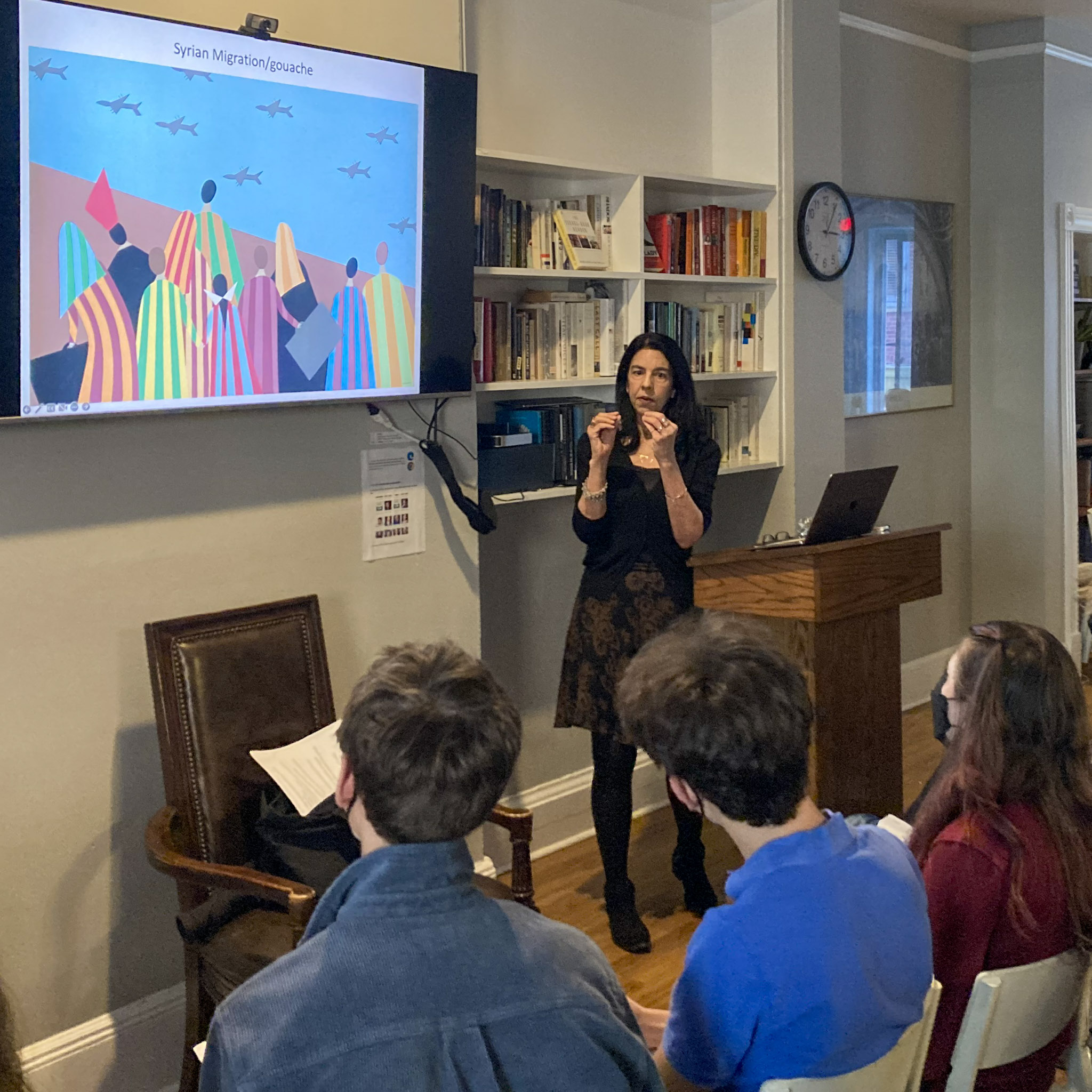 The students also began to make connections: between Lawrence and Zughaib, between those works and our "summer reading" assignment, The Reluctant Fundamentalist, and between their own journeys to SEGL. Migration - to the industrial north after Reconstruction, to escape a brutal "civil war" in the Middle East, to and from the United States in the 9/11 era, and to SEGL as 16 year-olds - is a universal experience. This makes it a wonderful critical thinking teaching tool and an ideal way to build bridges across diverse student experiences.
The students also began to make connections: between Lawrence and Zughaib, between those works and our "summer reading" assignment, The Reluctant Fundamentalist, and between their own journeys to SEGL. Migration - to the industrial north after Reconstruction, to escape a brutal "civil war" in the Middle East, to and from the United States in the 9/11 era, and to SEGL as 16 year-olds - is a universal experience. This makes it a wonderful critical thinking teaching tool and an ideal way to build bridges across diverse student experiences.
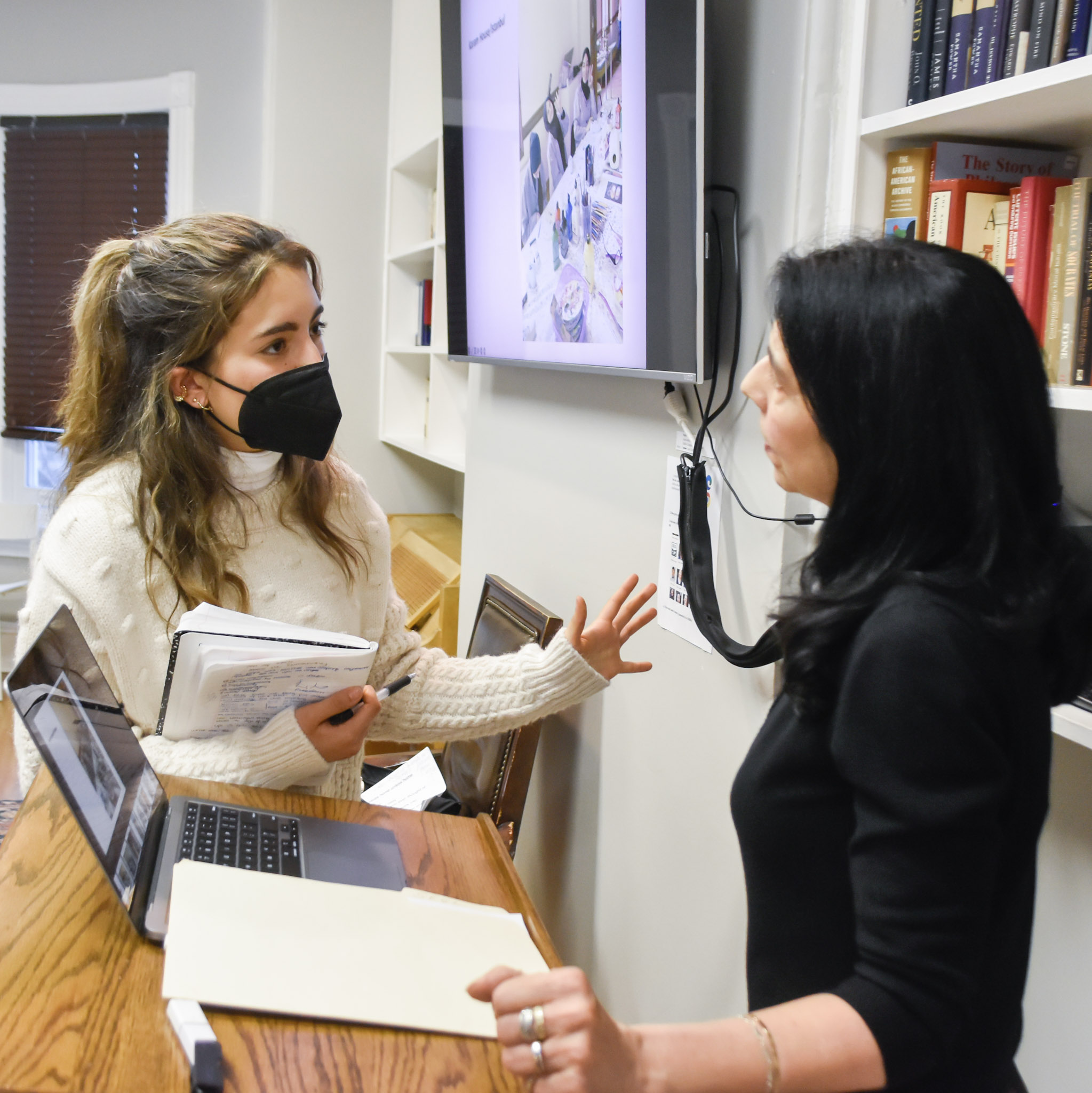
Several days later, the students found themselves bending across the same 12x18 wood panels that Lawrence and Zughaib used - only these panels were bare. But not for long! The students conceived, painted, shared, and displayed one panel from their personal "migration series." How did the you - and/or your family, culture, community - "migrate" to SEGL?
The stories they exchanged were powerful. More important, they helped create the belonging that we believe is essential for critical thinking.
Our opening week (which does not include formal disciplinary classes) included other highlights that built on this sense of belonging:
- A morning of low ropes course-style challenges (trust falls, a blindfolded minefield, and the notorious SEGL spiderweb) that accelerate our group dynamic and push students to consider what leadership and collaboration skills they want to grow.
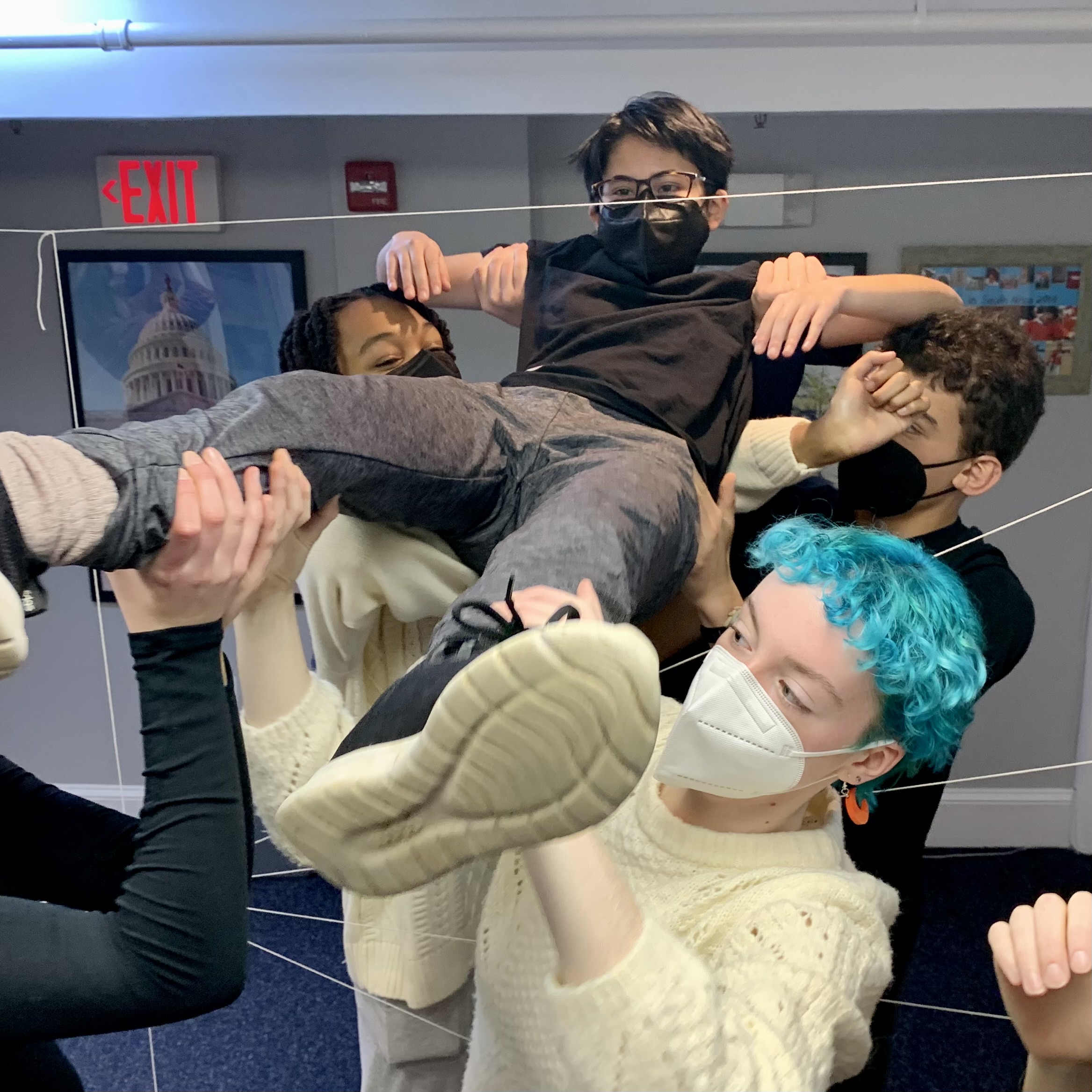
- The "Infamous Skittles Scenario," a trial-by-fire introduction to ethical decision making in which students chase after bags of Skittles and obey roller-coaster 3×5 “Chance” cards. (What would you do if there were no rules and limited resources? Would you use that gun you found? Help out a suddenly-blind friend? Lie?) After this session, we introduce students to leading ethicists from varying traditions - Aristotle, Kant, Mill, Gilligan, and Menkiti. Their theories become the first tools in their ethical decision making toolkit.
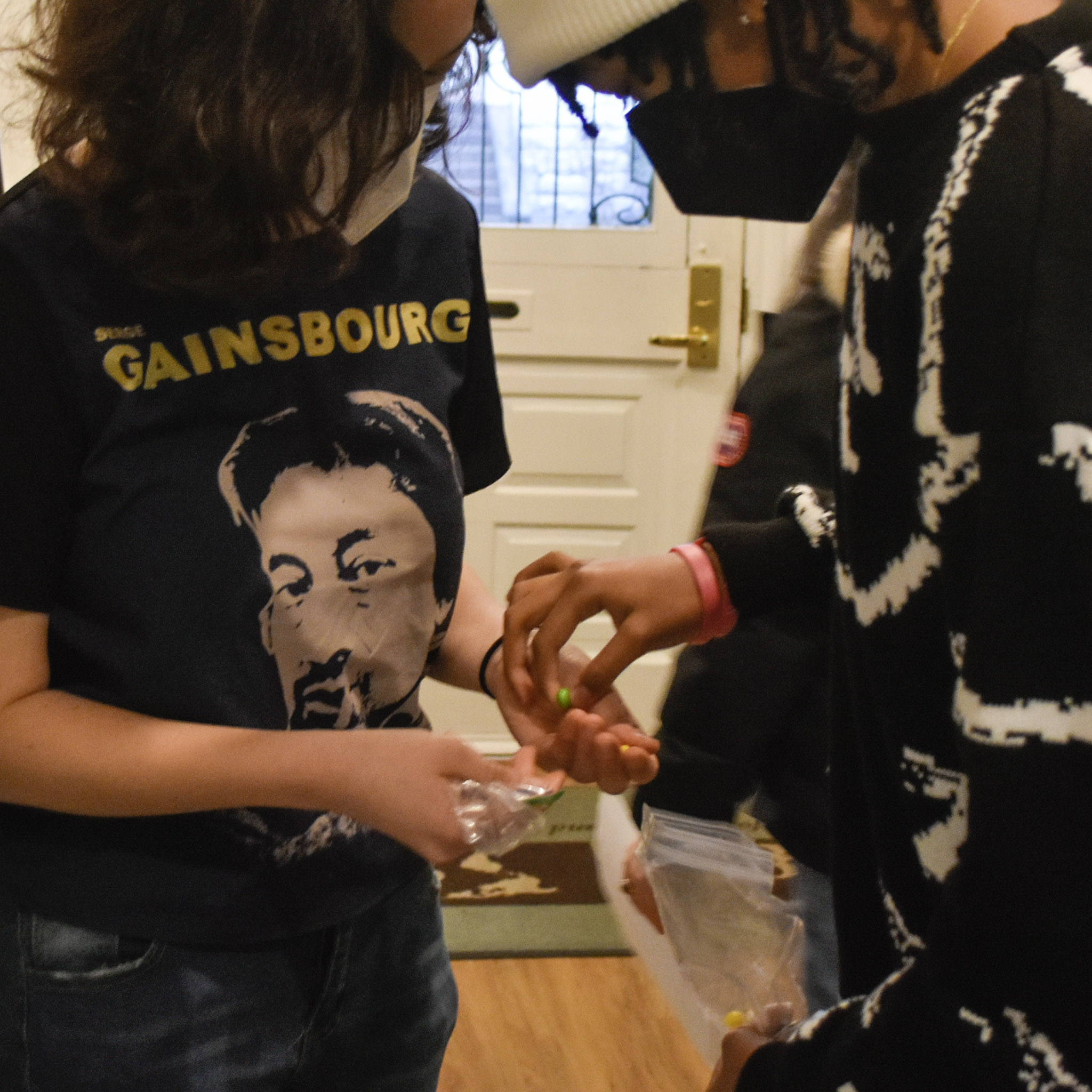
- A trip to the controversial Emancipation Memorial just a few blocks from the SEGL residence to practice the STAR method and decide on the statue's future. Should we keep it? Destroy it immediately? Move it to another location? Add an explanatory plaque? The session is a hands-on critical thinking experience, full of twists and turns as students dig beyond their first impressions. (You can read SEGL teacher Lizzy Kildahl's blog post about this exercise here.)
- Our day-long Dirkastan simulation, in which students play teams of journalists trying to find truth in an imaginary and enigmatic nation set astride the Caspian Sea. In the morning, our faculty role-play key characters - everyone has something to share and something to hide! - and in the afternoon students craft short videos for an evening newscast. What really happened in Dirkastan that day? You'll have to ask a student!
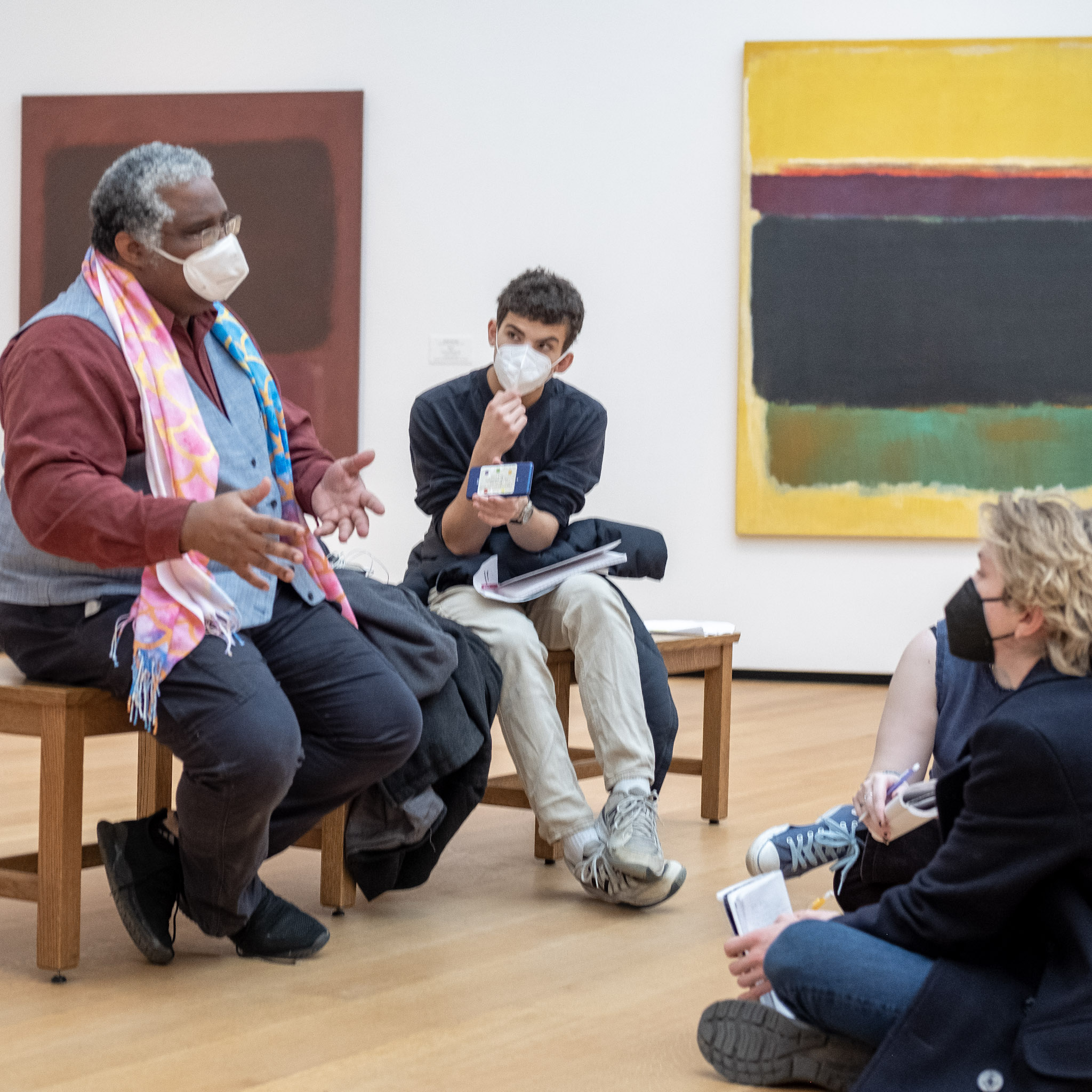
- An introduction to the four SEGL keys to success (ask a current student to learn more!):
- Being smart doesn’t make you smart. Practice makes you smart.
- The best learning happens in an atmosphere of shared vulnerability. If you are afraid of sounding dumb, you won’t learn.
- Narrow your gap.
- “It is no use trying to be clever. We are all clever here. Just try to be kind; a little kind.”
Along the way, we introduce practical skills that will help students succeed here: a lecture on the science of well-being, an introduction to developing positive habits, initial meetings with advisors, tips for navigating difficult conversations (rather than avoiding or "canceling" others), and a discussion about the nuances of academic honesty (oh yes, we mentioned ChatGPT!)
At the end of the week, we return students to their first journal entry, and ask them to revise their initial answer. Have their goals changed? Strengthened? What about their methods for achieving them? We hope this revising will be an ongoing process: indeed, critical thinking - the SEGL way - at its best.
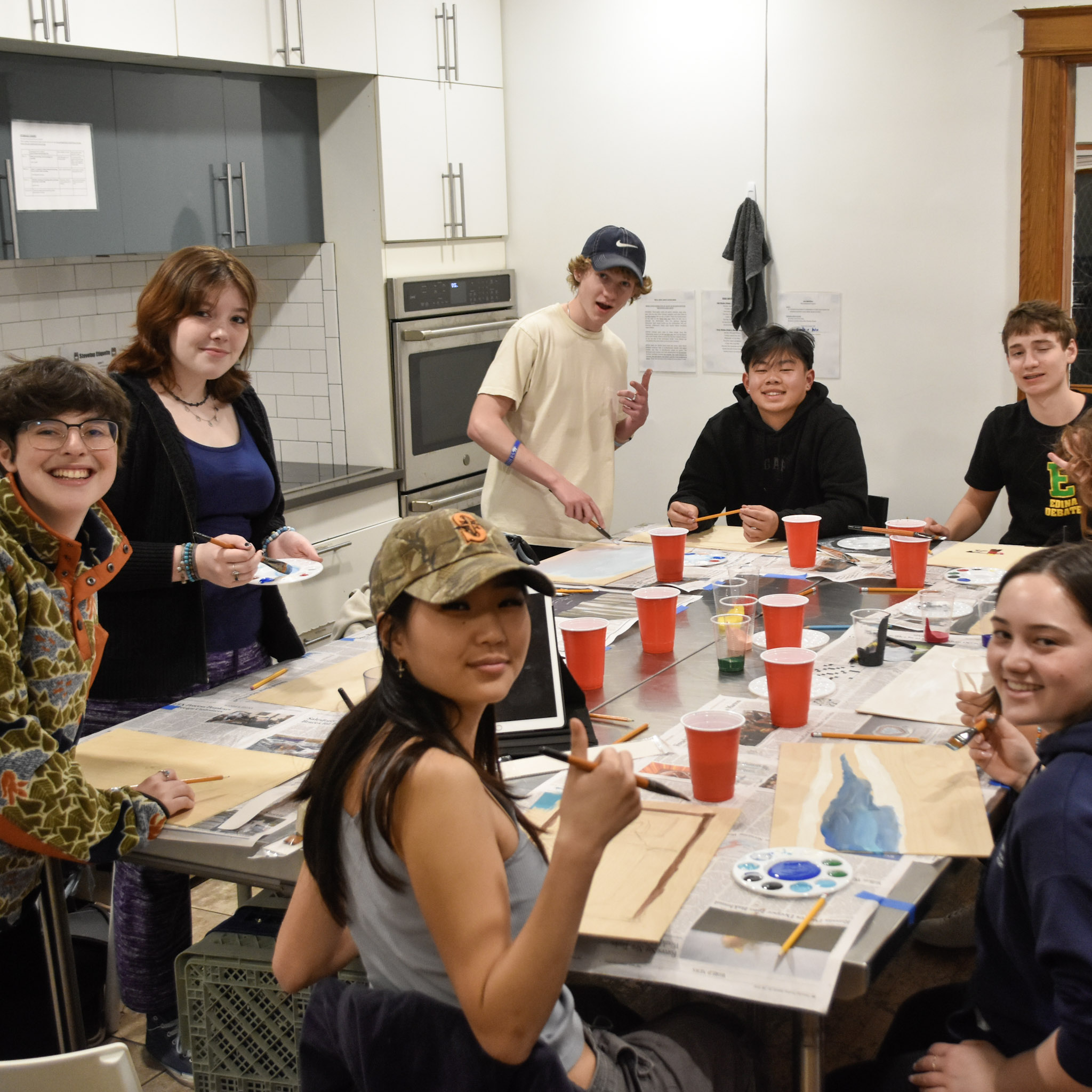 Next up: our case study on Critical Race Theory and an introduction to the Social Venture Project (one of SEGL’s three capstone projects). More soon!
Next up: our case study on Critical Race Theory and an introduction to the Social Venture Project (one of SEGL’s three capstone projects). More soon!